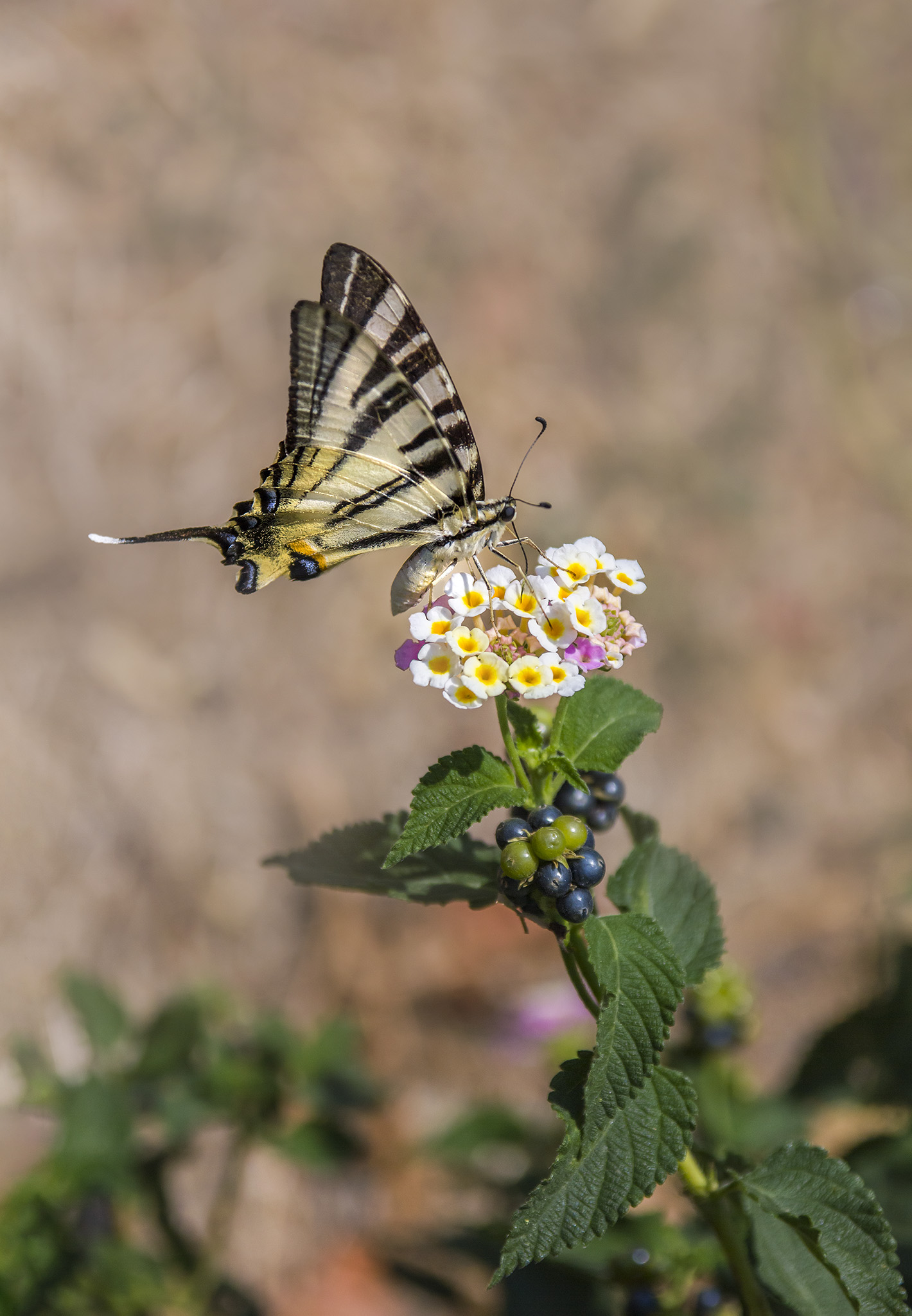The Scarce Swallowtail (Iphiclides podalirius): A Graceful Ambassador of Nature’s Splendor
The Scarce Swallowtail (Iphiclides podalirius) emerges as a captivating emblem of beauty and resilience in the intricate tapestry of the natural world. This review endeavors to illuminate the enchanting biology, ecological significance, and conservation importance of Iphiclides podalirius, showcasing its role as a symbol of biodiversity and ecological harmony.
Introduction: The Scarce Swallowtail, Iphiclides podalirius, belongs to the Papilionidae family, renowned for its elegant appearance and ethereal flight. Distributed across Europe and parts of Asia, this majestic butterfly graces meadows, woodlands, and gardens with its presence, captivating observers with its delicate wings and graceful movements.
Physical Characteristics: Adorned with wings of pristine white, accented by striking black markings and subtle splashes of yellow, the Scarce Swallowtail exudes an aura of understated elegance. Its elongated hindwings, resembling the graceful tails of swallows, lend it a distinctive silhouette that sets it apart from its counterparts in the Lepidopteran realm.
Ecological Role: Ecologically, Iphiclides podalirius plays a vital role as a pollinator, facilitating the reproduction of numerous plant species within its habitat. With a penchant for nectaring on a variety of flowering plants, including thistles, clovers, and milkweeds, it acts as a humble steward of floral diversity, ensuring the perpetuation of floral splendor and ecosystem resilience.
Life Cycle and Behavior: The life cycle of the Scarce Swallowtail is a testament to the wonders of metamorphosis, as it undergoes a miraculous transformation from egg to larva to pupa before emerging as a resplendent adult. Males engage in aerial displays and territorial patrols, while females gracefully deposit eggs on host plants, perpetuating the cycle of life with exquisite precision.
Conservation Status and Threats: Despite its timeless allure, the Scarce Swallowtail faces an array of threats to its survival, including habitat loss, pesticide use, climate change, and invasive species. Human activities continue to encroach upon its natural habitats, disrupting delicate ecological balances and imperiling populations across its range.
Conservation Efforts: Conservation efforts aimed at protecting Iphiclides podalirius encompass habitat restoration, establishment of protected areas, and community-based initiatives. By fostering awareness and appreciation for this emblematic species, engaging in citizen science endeavors, and advocating for sustainable land management practices, we can strive to ensure the continued existence of the Scarce Swallowtail for generations to come.
Conclusion: In conclusion, the Scarce Swallowtail (Iphiclides podalirius) stands as a shimmering testament to the timeless beauty and resilience of the natural world. Through our collective efforts to safeguard its habitats and mitigate threats, we can preserve this graceful ambassador of nature’s splendor, inspiring awe and reverence in all who behold its fleeting yet enduring presence.
Views: 18
Subscribe to the newsletter:
